Spraying or handling Spray Polyurethane and Polyurea materials creates the potential for over exposure. To prevent contact with liquids, mists, vapors, and atomized particulates you must wear proper respiratory protection and appropriate personal protective equipment during chemical handling and application.
Everyone working in the immediate spray area while the product is being applied needs to wear appropriate Personal Protective Equipment (PPE) for protection from Spray Polyurethane and Polyurea Chemicals. This includes sprayers, helpers and even other trade workers if they are in the spray area.
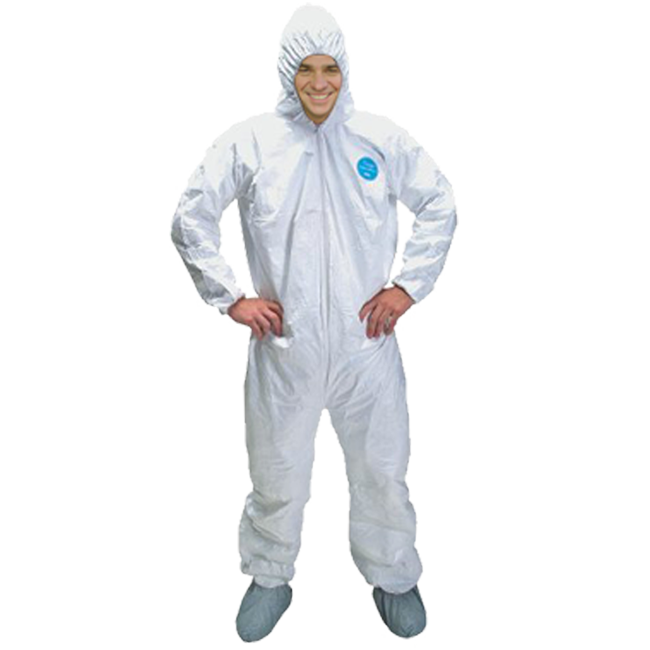
Skin Protection
The use of appropriate protective clothing is necessary whenever there is possibility of direct contact with chemicals. The appropriate protective clothing varies depending up on the potential for exposure. Applicators and helpers typically wear disposable coveralls to keep spray and mist from contacting skin and clothing.
Disposable suits are typically used, material offers breath ability and superior protection, elasticized hood, ankles and cuff
If clothing becomes contaminated with hazardous chemicals dispose of the clothing, do not wear contaminated clothing home
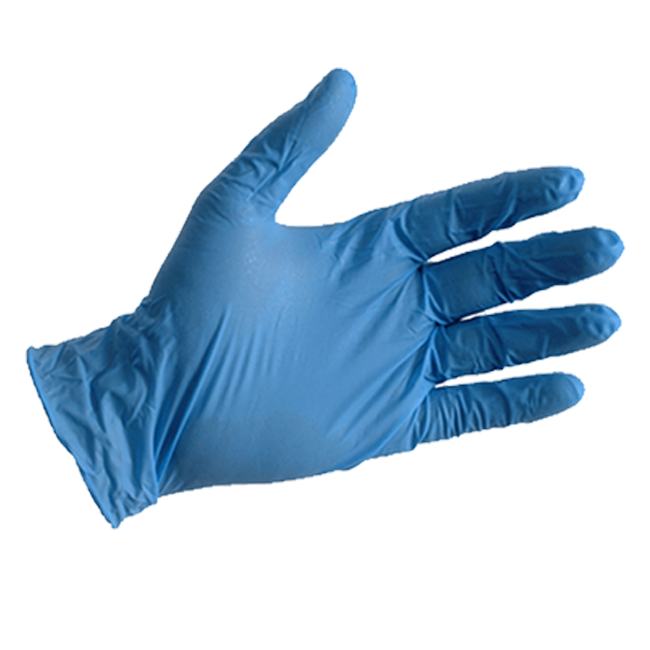
Gloves
A range of sizes should be available. A glove which is too large or small for the user may not provide proper protection. A fabric glove fully coated with nitrile, neoprene, butyl, or PVC provides good protection for applicators. Gloves should be made of:
Nitrile
Neoprene
Butyl rubber
PVC
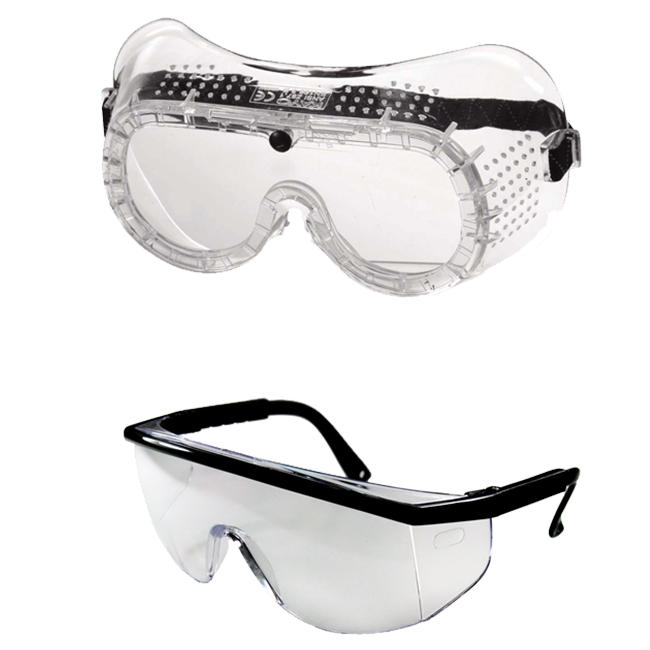
Eye Protection
Appropriate eye protection helps prevent eye contact from splashes of liquid chemicals, accidental sprays of reacting foam, aerosols and vapors that are likely to be present during spraying, and airborne particulate associated with sanding and grinding operations. When working with liquid chemicals and not wearing a full face or loose-fitting (hooded) respirator such as:
Liquid chemical handling
Equipment service and cleaning
Use goggles or safety glasses with side shields
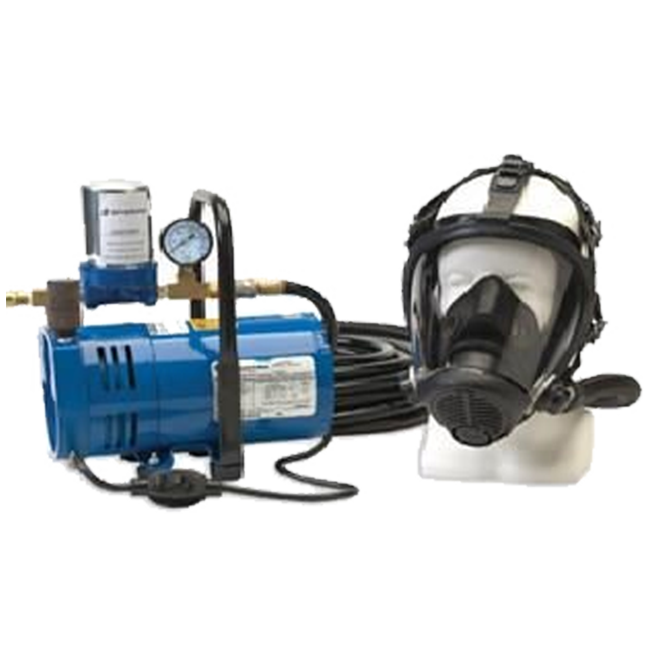
Respiratory Protection
Supplied Air Respirators (SARs) are typically used during the spray application. SARs provide a supply of breathing air from a low pressure pump located outside the spray area using a hose. SARs, when used properly, can provide the greatest protection for the wearer. An SAR consists of a tight-fitting full-facepiece, or a loose fitting hood to which air is supplied through a small-diameter hose connected to an air source.
Facepiece is connected to a air pump outside the spray area using a hose
May have a tight-fitting or loose-fitting (hooded) facepiece
Typically used for both indoor and outdoor applications
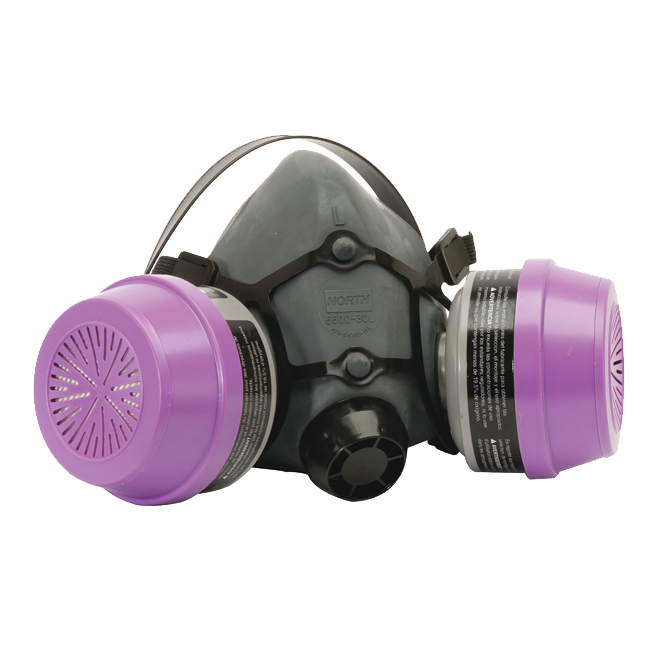
Air Purifying Respirator
Air Purifying Respirator (APRs) remove contaminants from the air by mechanical filtration and/or chemical adsorption. Protection provided by APR is dependent on the cartridge selected, the condition of the cartridge, and the respirator fit. During chemical handling an Air Purifying Respirator is used.
Provides the user with a breathing source by drawing air through cartridges
Primarily used for chemical handling and by helpers
Typically, cartridges are changed out after 8 hours of use or at the end of the shift

